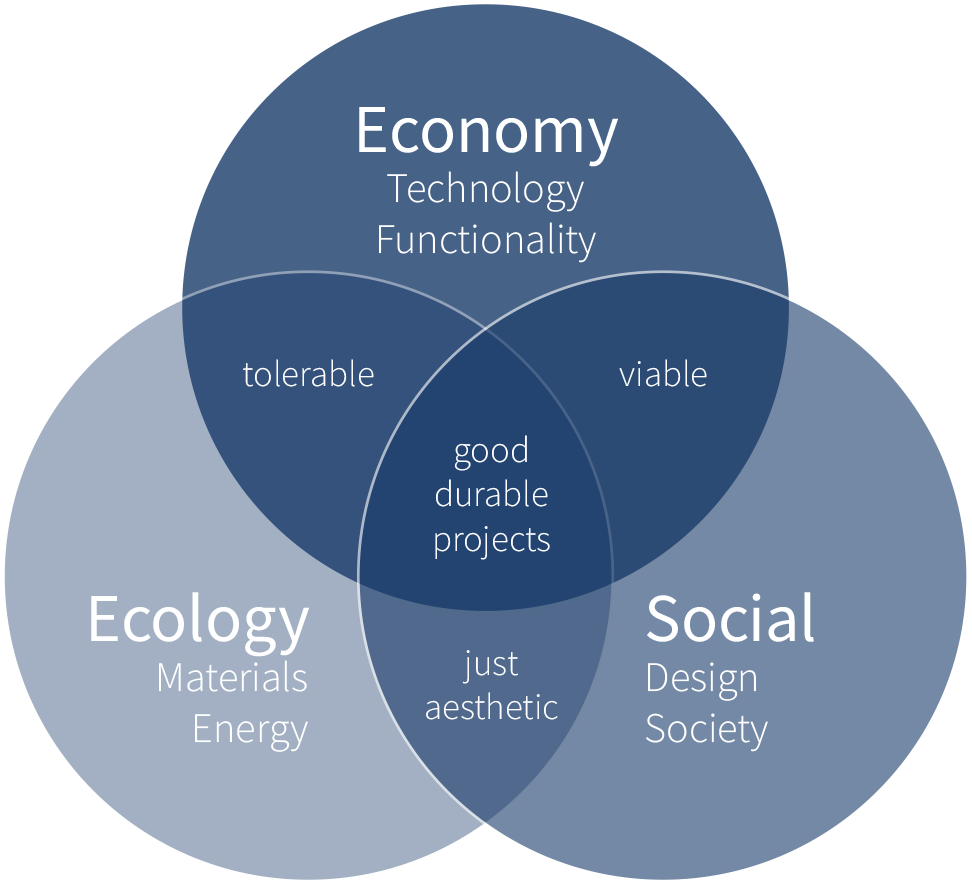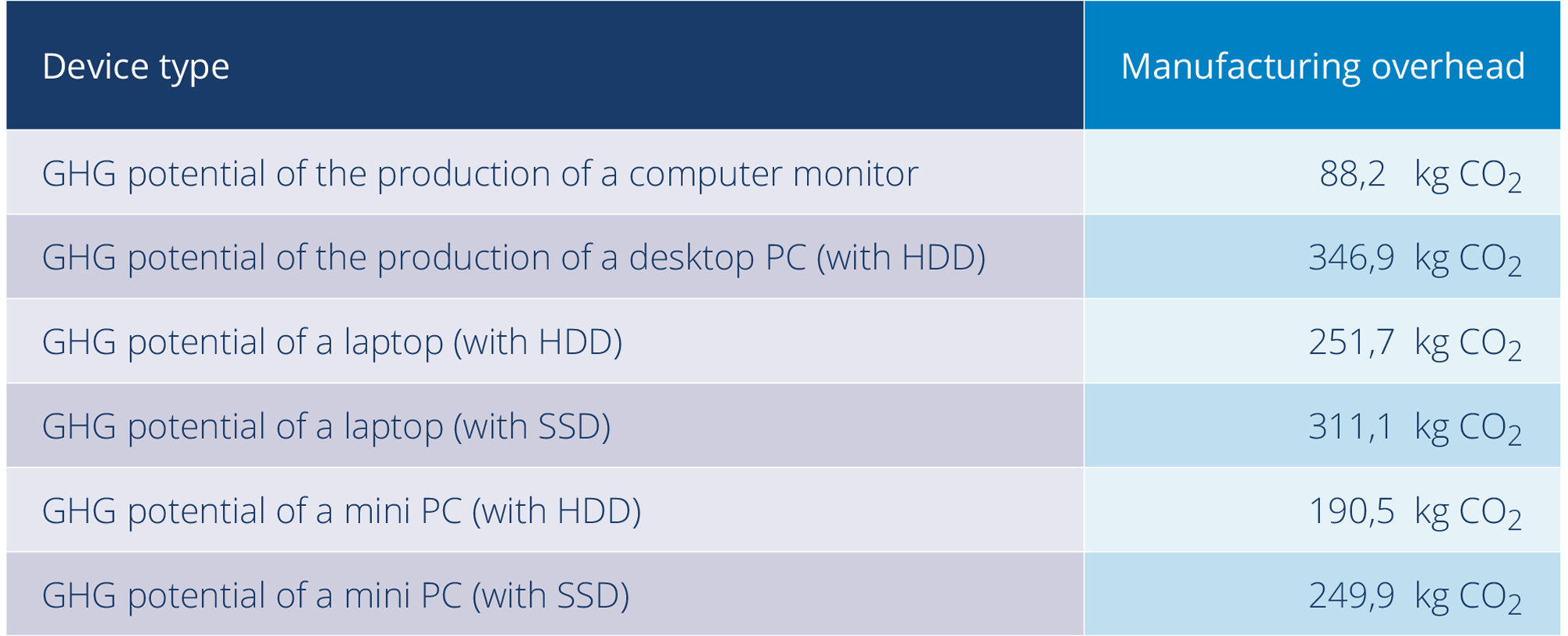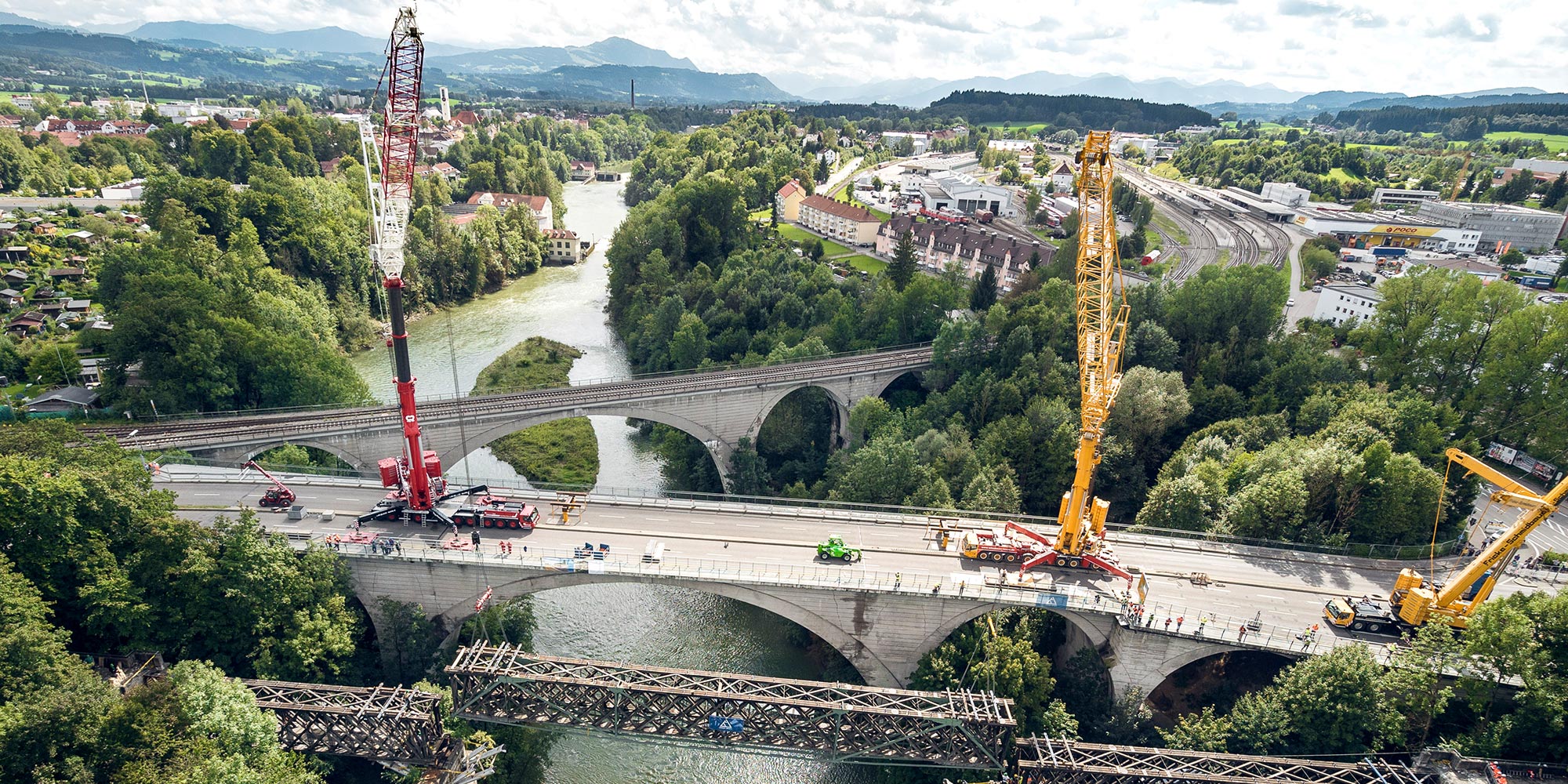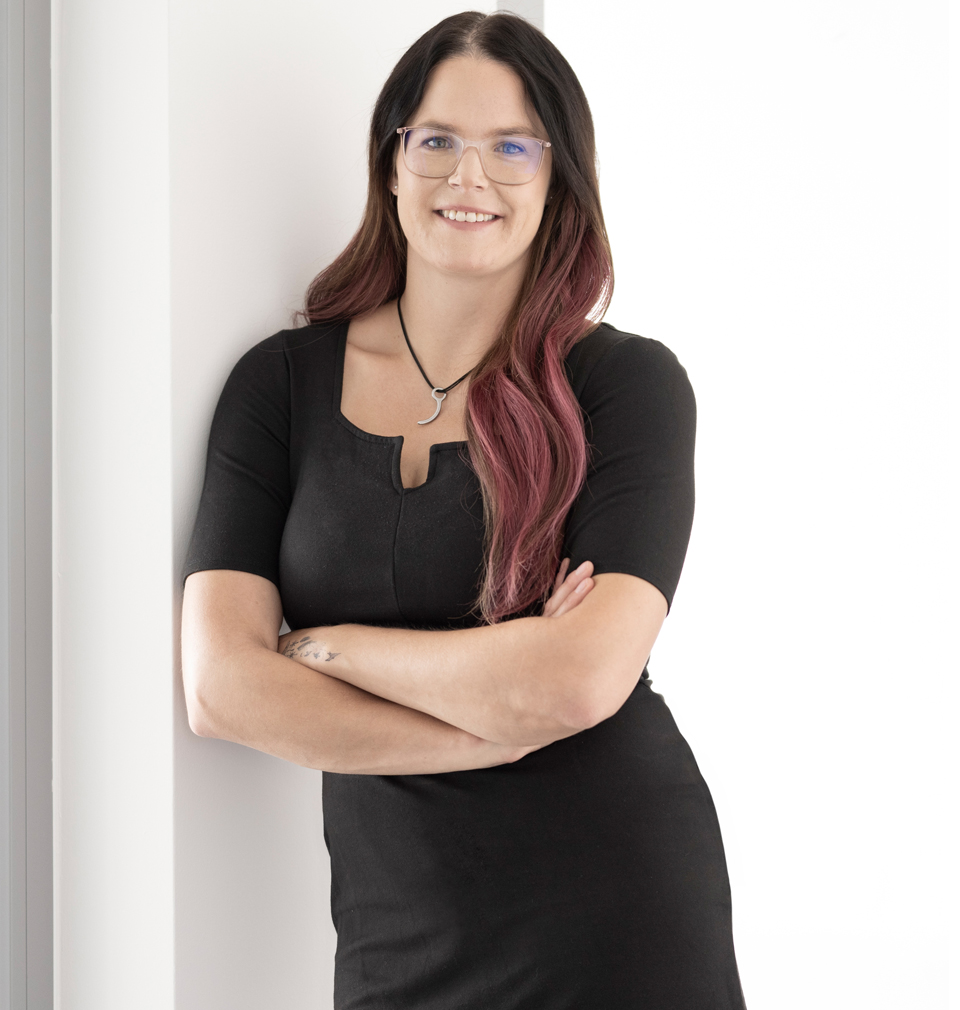
The sustainability reporting

Behind the unwieldy term of sustainability lies a three-pillar model that demonstrates ecological, economic and social action.
For example, one reporting requirement is the degree to which products are manufactured resource-efficiently. Equal weight is given to the social contribution made by a company – starting with its own employees and extending to support for social projects. Sustainability reporting also involves all actors in a supply chain, from the manufacturing process to the disposal process.
The climate killers in IT
To operate more sustainably, a company needs to shed light on all areas, processes and environmentally harmful factors of its existence. The role played by IT should not be underestimated, which is shown by a passage in the coalition agreement of the new German government: “We will align data centres in Germany with ecological sustainability and climate protection, for instance by utilising waste heat. New data centres must be operated in a climate-neutral manner from 2027.«
As a CIO, you can start making a contribution to greater sustainability today – by choosing climate-efficient data centres and/or pushing for electricity from renewable sources for your own data centre. Using your software and hardware for longer periods is also an important contribution to climate protection!
Avoid waste with used software

One climate killer is the short life cycle of computers, servers and other hardware. These devices are only used in IT for three to a maximum of five years – a practice that urgently demands close examination! This is because the manufacturing process of a desktop PC with HDD alone causes greenhouse gas emissions of 346.9 kg of CO2. Even a laptop produces 311.1 kg of CO2.
Consistently thought through: used hardware
We’ve found a partner for the professional refurbishment of used hardware in the form of QuattroM GmbH. Together, we strive for a functioning circular economy. Refurbishing computers, laptops and servers is a consistent extension of the used Microsoft licences traded by VENDOSOFT. It enables high-quality and still fully functional hardware to be used in a second or even third cycle.
The carbon footprint of hardware

Ecological and economic aspects in the comparison of workplace computers for use in public authorities with the inclusion of user behaviour based on Prakash, Siddharth; Antony, Florian; Graulich, Kathrin; Köhler, A. R.; Liu, Ran (2016).
This doesn’t even consider disposal, a process
that releases the rare earths, heavy metals and, of course, plastics built into the devices. In the overall balance sheet – from raw material extraction through production and use to recycling – the carbon footprint of a PC is almost double its manufacturing emissions: around 700 kilograms of CO2.
Licence optimisation – a contribution to greater sustainability in the company
Software-related obsolescence is the term experts use when expensive laptops, desktop PCs or tablets are disposed of long before they show any functional or material weaknesses. The reason: software determines the useful life of hardware.
The system requirements change with every software upgrade. A ‘good’ example is the Microsoft Windows 11 operating system, which requires at least 4 GB of RAM; its predecessor Windows 10 was satisfied with 1 GB. 64 GB of hard drive space (minimum requirement) compared to the previous 16 GB. A 1 GHz processor with two or more cores on a compatible 64-bit processor or system on a chip (SoC) is also required. The 400 % more RAM and 400 % more hard drive space alone place demands on the hardware that make it necessary to replace many devices.
Software could be used for a much longer period
than it is often the case in practice

This is where used software comes into play. As soon as the latest version of an on-premises licence hits the market, its predecessor is only available second-hand. However, this doesn’t make the previous version obsolete – on the contrary.
The licence optimisers at VENDOSOFT have made it their business to give companies optimal advice on their licensing options with new and used Microsoft software. First of all, there are enormous potential cost savings –
the price of used software is 50 to 80% lower than new software, plus this option is also significantly cheaper compared to cloud subscriptions.
And second, used licences as described above contribute to a longer useful life of hardware. In this way, they make a real contribution to resource conservation and a company’s responsible, forward-looking actions. This may become an important factor when choosing a service provider or product supplier.


